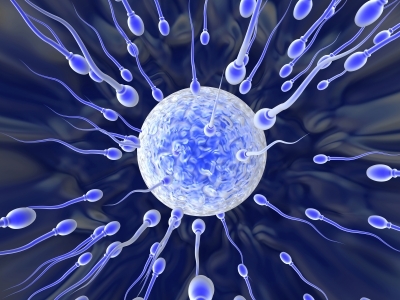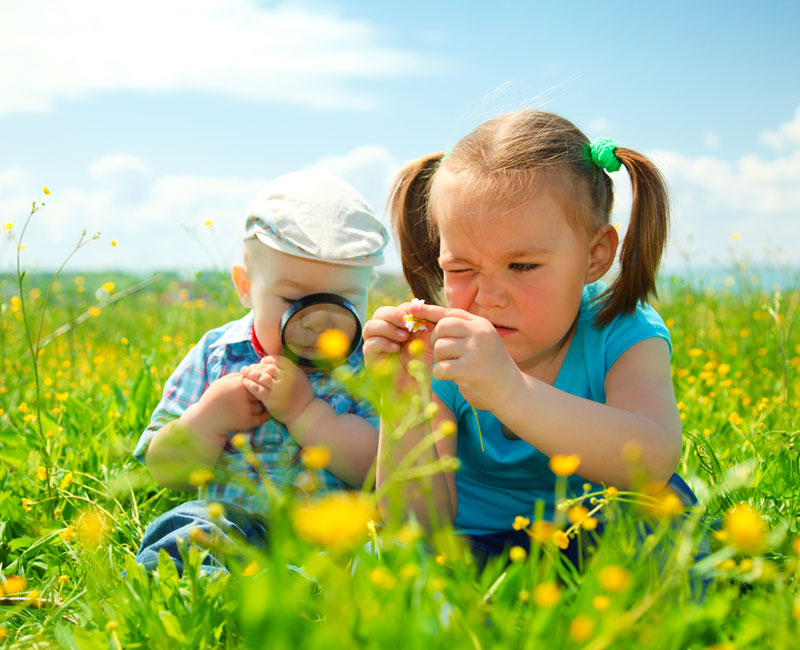5 Myths About Fertility Treatments

Fertile Fallacies

Just as the invention of contraceptives freed sex from the concerns of baby making, new reproductive technologies have freed baby making from sex.
Yet despite 5 million births due to IVF and other assisted reproductive technologies worldwide since the first "test-tube baby," Louise Brown, was born in July 1978, there remain common misperceptions about "test-tube" and "designer" babies.
Myth #1: Designer babies are coming soon

Reports that we will someday be able to artificially choose a child's traits, "from a scientific point of view, are totally totally made up," said Sarah Franklin, researcher, author and keynote speaker at The Politics of Reproduction conference held in 2009 at Barnard College.
Genetic selection, or pre-implantation genetic diagnosis (PGD), is not like thumbing through a catalog and picking favorite genes. In fact, individual genes are not really chosen at all. Embryos are.
"The only thing you can reliably design is the sex of your baby — if you are willing to discard embryos of the wrong sex," said Bonnie Steinbock, a biomedical ethics professor at the University of Albany who specializes in reproduction.
As for selecting complex multi-gene traits, like height or intelligence, "even in principle it isn't possible," she said, pointing out it is antithetical to recent findings in biology. For instance, gene expression is affected by even minute aspects of the environment, so even animal clones don't come out looking the same.
Myth #2: Egg donation is common

"It is egg sales," Spar corrected. Because no one wants to think about money in relation to their child, the baby business talks about "delivering hope" not "profit," she said, but it is a market like any other.
Get the world’s most fascinating discoveries delivered straight to your inbox.
Open any college newspaper and there are ads placed by couples looking for eggs, some willing to pay up to $50,000, Spar said. Unfortunately, Franklin said, the process is less regulated than most clinical trials.
Egg "sellers," usually women in their early 20s, risk their health, fertility and, in rare cases, their lives. The primary risk is over-stimulation of the ovaries, causing them to suddenly swell and leak into the stomach and chest. According to the National Institutes of Health, the complication, called ovarian hyperstimulation syndrome, affects about 10 percent of women undergoing IVF, and women under 35 are particularly vulnerable. While the symptoms, such as abdominal bloating and shortness of breath, range from mild to severe, "when women die of IVF, this is what they die from," Franklin said.
Myth 4: IVF increases fertility

Actually, a woman undergoing IVF must first take hormones to shut down her fertility cycle, Franklin explained. The prospective mother is then injected with synthetic hormones to amplify her egg production or synchronize her cycle to that of a donor's. Hormone treatment is continued throughout implantation and the early stages of pregnancy. This technique, which was first developed in agriculture, results in side effects that range from "mild to incredibly uncomfortable," Steinbock said. [8 Odd Body Changes That Happen During Pregnancy]
Myth 5: IVF children are not affected

"The voice that gets lost in all these debates is that of the child," Spar said. No one knows the long-term effects of spending, as an embryo, a few days in cultured media or exposed to surges of synthetic hormones, she said.
The psychological consequences of discovering one's Petri-dish beginnings are also under-explored. And because donors are rarely tracked, questions about genetic identity are often impossible to answer. "We are making the same mistakes that we did with adoption," she said.
In extreme cases, such as that of 33-year-old Nadya Suleman who had octuplets, many of whom were very underweight and suffered medical problems, health challenges are immediate.
Robin Nixon is a former staff writer for Live Science. Robin graduated from Columbia University with a BA in Neuroscience and Behavior and pursued a PhD in Neural Science from New York University before shifting gears to travel and write. She worked in Indonesia, Cambodia, Jordan, Iraq and Sudan, for companies doing development work before returning to the U.S. and taking journalism classes at Harvard. She worked as a health and science journalist covering breakthroughs in neuroscience, medicine, and psychology for the lay public, and is the author of "Allergy-Free Kids; The Science-based Approach To Preventing Food Allergies," (Harper Collins, 2017). She will attend the Yale Writer’s Workshop in summer 2023.



